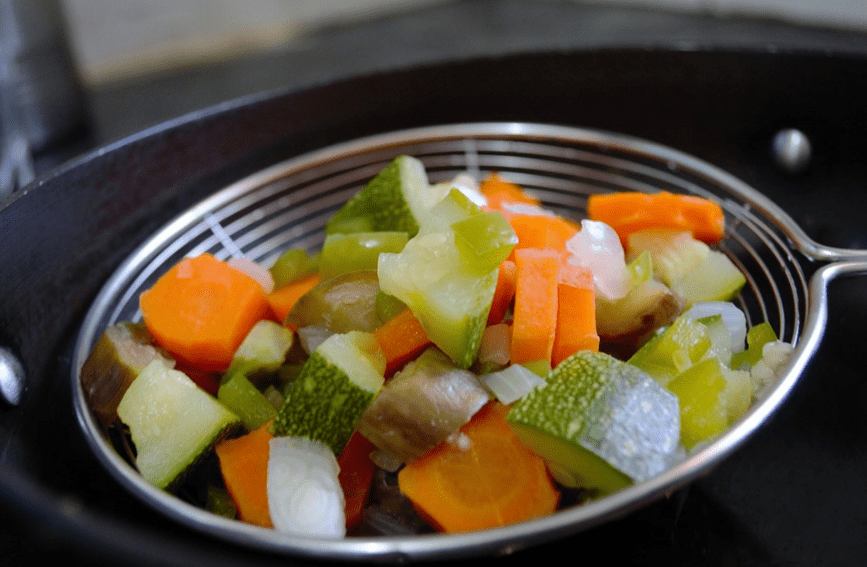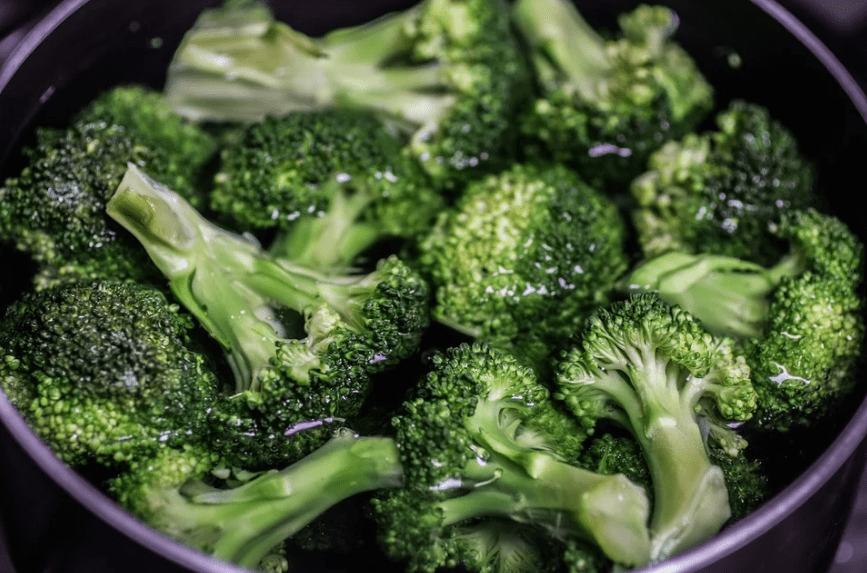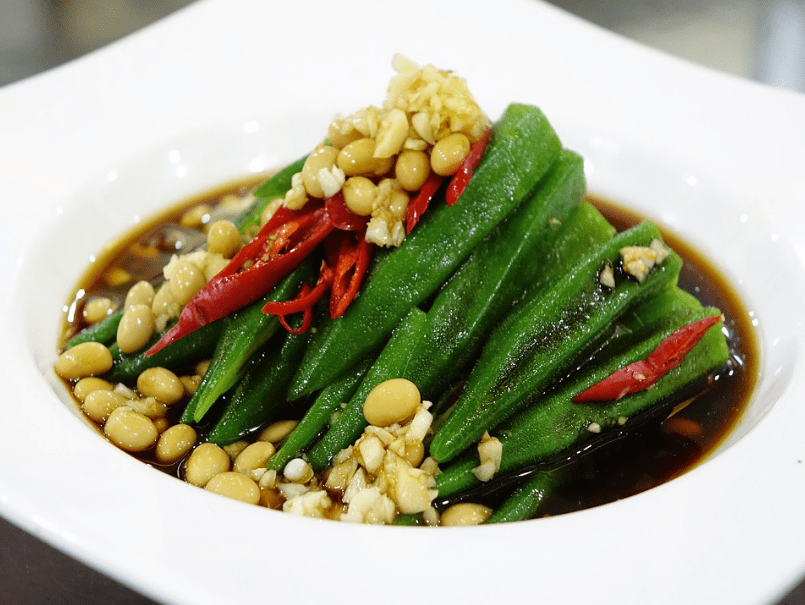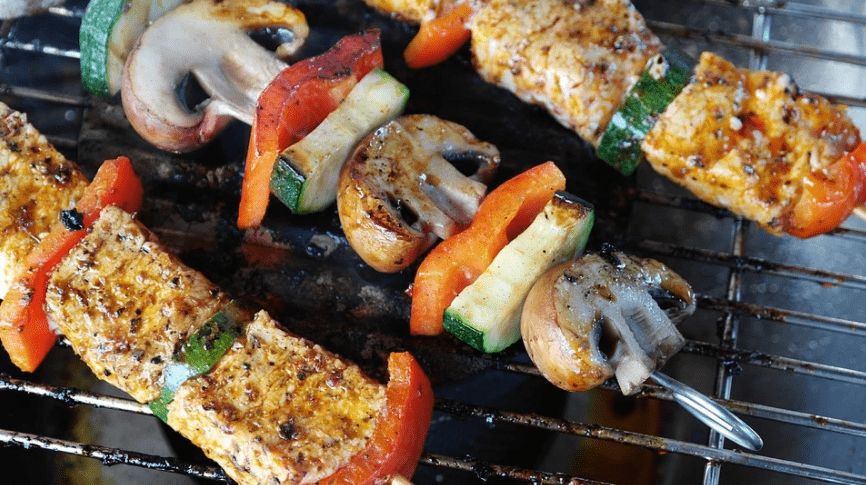What are your most loved veggies? How do you usually cook them-steam, roast, bake, stir-fry, or boil? Some might say, “ah, veggies are better eaten raw to maintain their nutritional value.” What do you think? If you are still confused and unsure if you cook the vegetables, you are to eat or to serve your family, here’s the truth that you must know.
Vegetables have different textures, sizes, colors and thus have different vitamins, minerals, and nutrients. They also need different ways of cooking, while some are best consumed raw.
Cooking vegetables will hasten our digestion and saves us energy. Cooking softens foods like raw meat and vegetables that our teeth and digestion find hard to handle. Although some dietician suggests that raw vegetables are more beneficial to the body, the truth is, it’s not always safe to eat raw veggies.
Meanwhile, some vegetables lose their nutrients when cooked in water. This is because they contain water-soluble vitamins like vitamin C, and many of the B vitamins are the most unstable nutrients when it comes to cooking.
When these vegetables are cooked, the vitamins leach out into the cooking water. Suppose you boil or microwave vegetables using too much water. In that case, you’ll end up with less thiamine, folate, vitamin B6, vitamin B12, and a lot less vitamin C. 55% of vitamin C is lost in cooking, according to a review by researchers at the University of California. Vitamin C is also easily deteriorated by heat.
Polyphenols or the phytochemicals abundant in broccoli, kale, and spinach are also susceptible to degradation during cooking.
On the other hand, fat-soluble nutrients such as vitamins A, E, and K and even carotenoids (e.g., alpha-carotene, beta-carotene, lycopene, lutein), and antioxidants found in leafy greens, like spinach, asparagus, cabbage, carrots, and other vegetables such as winter squash, sweet potato, and, in the case of lycopene, tomatoes are more stable and fare better during cooking.
Since water is the enemy of nutrient preservation during cooking, steaming is believed to be the best way to cook veggies rich in water-soluble vitamins.
According to a report from the Journal of Agriculture and Food Chemistry, dry cooking methods like grilling, roasting, and stir-frying retain more nutrients than boiling. Moreover, microwaving vegetables does not kill nutrients; instead, it retains more antioxidants than steaming.
Microwave cooking is also supported by a report in the Journal of Food Science which states that compared with baking, boiling, pressure cooking, microwave cooking helps maintain the antioxidants level in artichoke, asparagus, beans, beets, garlic, onion, and spinach.
Furthermore, antioxidant activity is enhanced by microwave cooking of eggplant, corn, and peppers. One explanation is that microwave ovens use less heat and shorter cooking time than other cooking methods. So, if your vegetable recipe requires the use of a minimal amount of water, don’t overcook them, and your microwave cooking is a nutritional win.
Meanwhile, deep frying is an unsafe way of cooking vegetables and other food because the oil is continuously oxidized when heated at high temperatures. In addition, free radicals are highly reactive and can injure the cells of our body.
One secret to ensure the healthfulness of raw and cooked vegetables is to cook them just right for each method used.
OTHER WAYS OF COOKING VEGETABLES
Blanching
If you simply want to soften your vegetables, you can blanch them either by removing their raw edge before adding them to salads; you may loosen skins on foods such as tomatoes or shallots. Before putting the vegetables in the freezer, make sure to blanch them first, as this destroys the enzymes that cause deterioration. How to blanch:
- Add the vegetables to a pan of boiling water, return to the boil and cook for one minute.
- Plunge the vegetables into icy water to stop the heat from further cooking the veggies
- Drain and dry them with kitchen paper before freezing.
Roasting
Potato is perhaps the most common vegetable roasted, but you can also roast root vegetables, tomatoes, bell peppers, and squashes. Roasting adds extra-strong flavor and causes natural sugars to caramelize, creating a crisp outer coating and a tender center.
If you want your vegetables to taste extra savory and delicious, after roasting, you can preheat them:
- In the oven to 220°C, Gas mark 7.
- When cooking root vegetables, preheat them with a little cooking oil for a crisp finish.
- Cut large vegetables into even-sized chunks and toss in olive oil and fresh herbs, if you wish.
Griddling
Griddling is like grilling that uses direct heat for cooking. When you griddle vegetables, they will have a crisp coating and a tender center. It is best to wait for the griddle pan to be too hot before placing your vegetables.
- Slice the vegetables to make them sit flat in the pan
- brush them with a little oil.
- Don’t prick them while cooking, as this will release their juices and dry them out.



